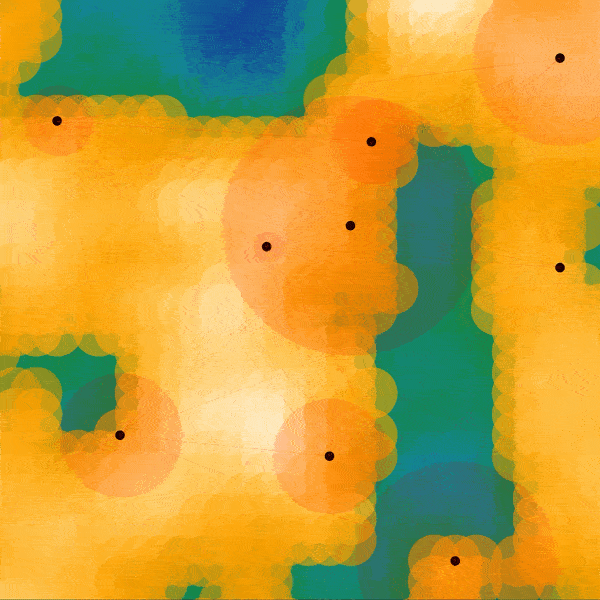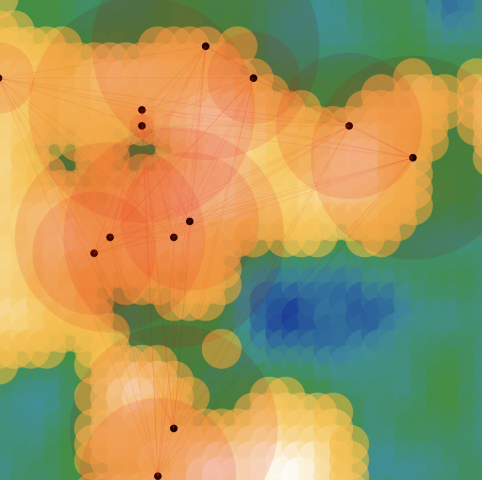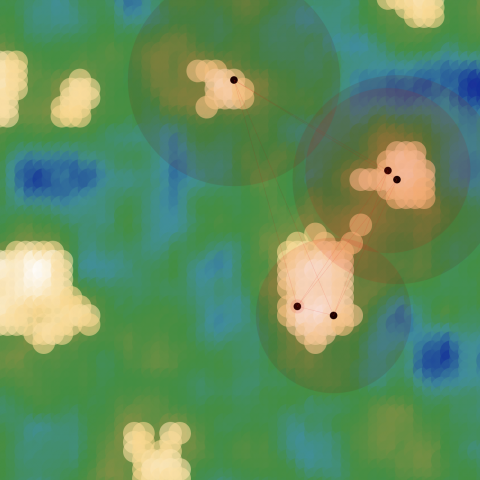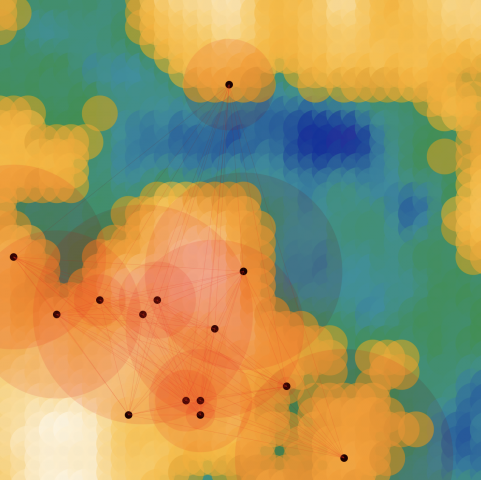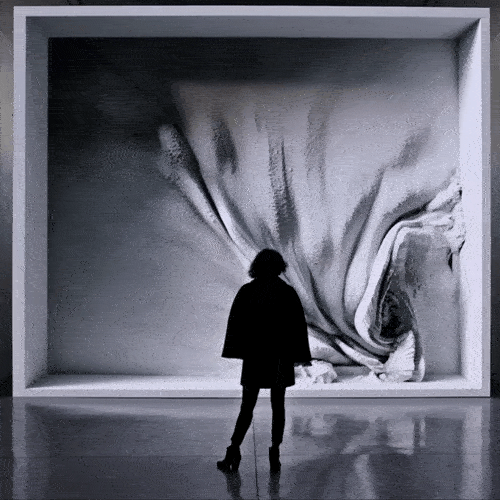Kate Compton’s 10,000 Bowls of Oatmeal Problem describes the potential for a generative algorithm to produce content or artifacts that are too similar for humans. The resulting mundaneness makes any output of a generator look too bland (ie. like oatmeal). This may be a good thing if you need to generate something like trees; each should be slightly unique, but 10,000 trees together becomes a forrest. If a given tree stands out too much, the forrest will not look right.
However, the problem of perceptual uniqueness arises when an algorithm’s output lack’s diversity. More precisely, consider a car generator. Cars are deeply personal items, with drivers often decorating them with bumper stickers, dashboard dolls, etc. It is difficult to explain why, but a human can tell if they’ve seen the same car drive by twice.
Like Kate Compton writes, considering dealbreakers of artifacts at scale is one way to try to combat a lack of perceptual uniqueness. Another strategy is to categorize artifacts into types/tiles (ie. SUVs, German, electric, diesel, sports, etc.) From a more artistic point of view, adding certain defects (ie. dust, rust, scratches, peeling paint, etc) to an artifact may make it more perceptually unique.
